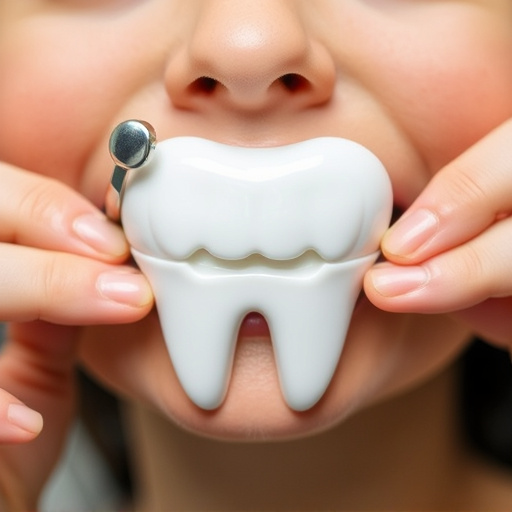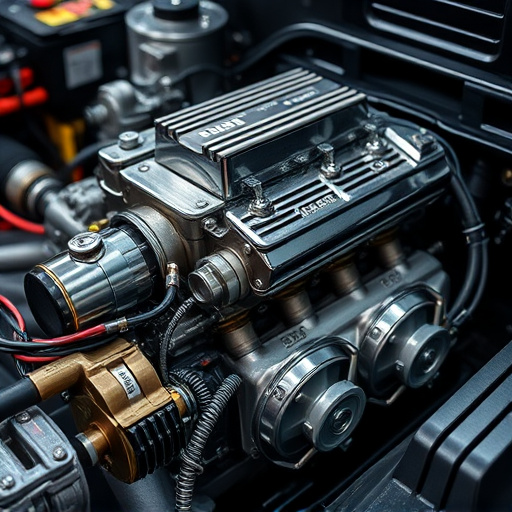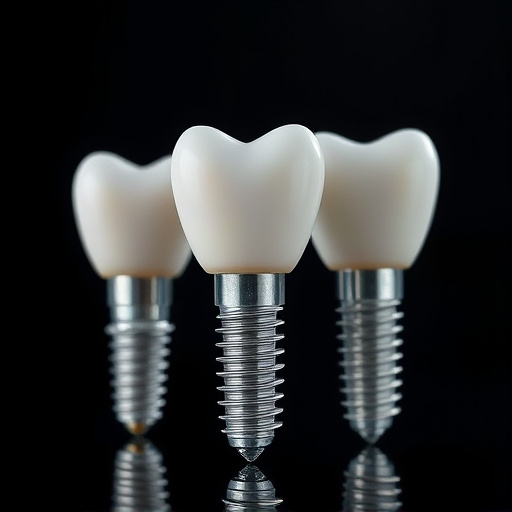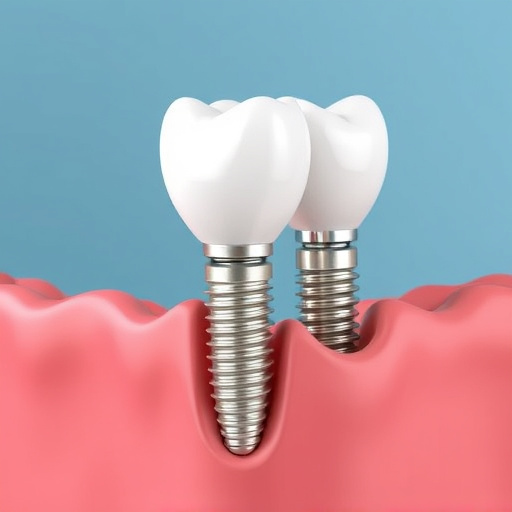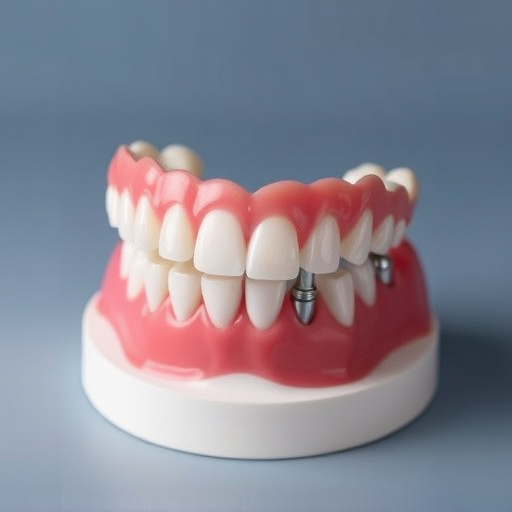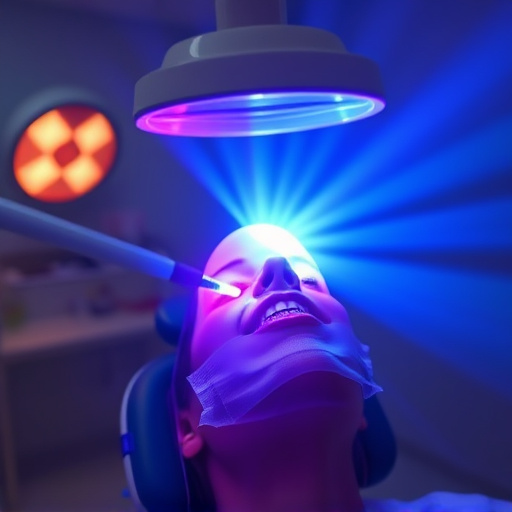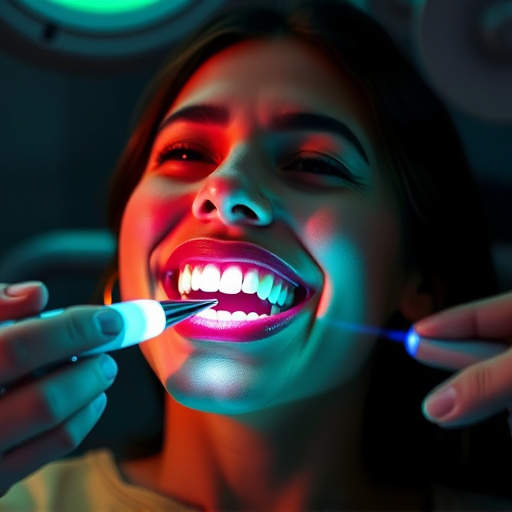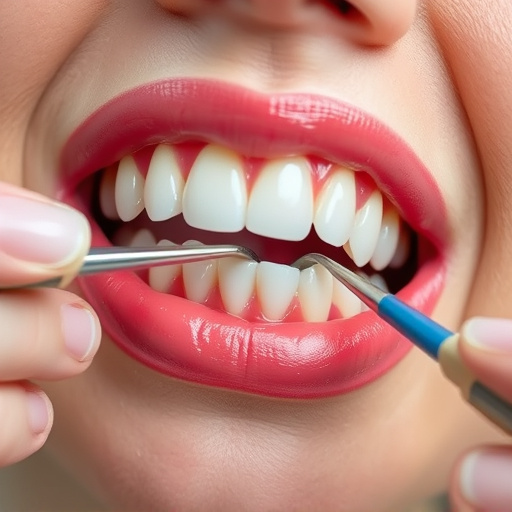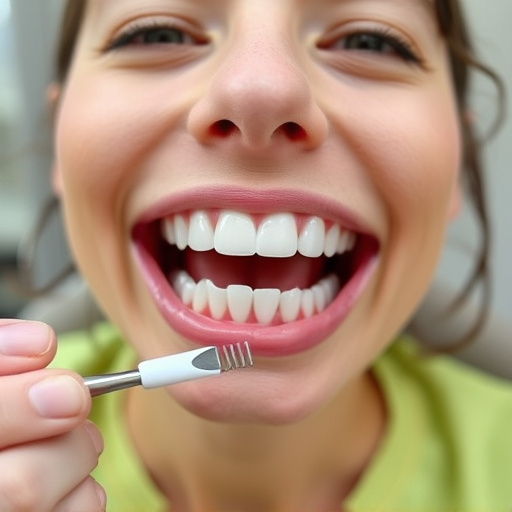Wisdom teeth removal has evolved with modern technology, offering safer and more comfortable procedures. Advanced imaging and 3D mapping enable precise planning, while dental lasers facilitate quicker healing. This innovative approach minimizes risks, reduces recovery time, and enhances overall patient experience. After surgery, proper aftercare, including medication, diet, and clot protection, is crucial for optimal healing. Regular check-ups allow for restorative dentistry options and contribute to long-term oral health.
“Considered a game-changer in dental care, state-of-the-art technology is transforming wisdom teeth removal procedures. This article explores the impact of advanced techniques on the safety and seamlessness of this often-complex process. We delve into understanding wisdom teeth and their potential issues, highlighting how modern technology mitigates risks. Additionally, we examine the benefits and aftercare routines for a comfortable recovery. Stay informed about wisdom teeth removal—a crucial step towards optimal oral health.”
- Understanding Wisdom Teeth and Their Impact
- The Role of Advanced Technology in Safe Removal
- Benefits and Aftercare for a Seamless Experience
Understanding Wisdom Teeth and Their Impact
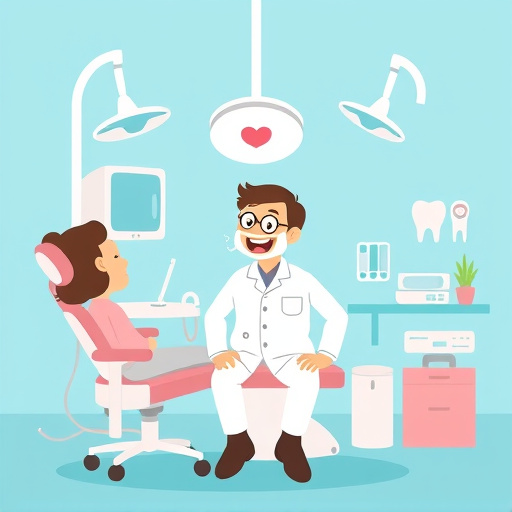
Wisdom teeth, also known as third molars, are the last set of teeth to emerge, often appearing in late adolescence or early adulthood. While some individuals have fully developed wisdom teeth that cause no issues, many people experience problems with them due to their limited space in the mouth and irregular growth patterns. Impacted or partially erupted wisdom teeth can lead to various dental complications, such as pain, infection, gum disease, damage to adjacent teeth, and even cysts or tumors.
Proper understanding of wisdom teeth and their potential impact is crucial before considering removal. In some cases, oral examiners might recommend extraction to prevent future problems, especially when wisdom teeth are poorly positioned or have limited functionality. Modern technology, such as advanced imaging techniques and minimally invasive surgical procedures, has made wisdom teeth removal safer and more comfortable for patients. This process can be integrated into broader dental care practices, including restorative dentistry and cosmetic dentistry, ensuring a healthy oral environment and maintaining the overall aesthetics of one’s smile.
The Role of Advanced Technology in Safe Removal

The advancement of technology has significantly enhanced the safety and effectiveness of wisdom teeth removal procedures. Modern tools and techniques offer precise control and minimal invasiveness, ensuring a smoother experience for patients. For instance, state-of-the-art equipment like digital imaging and 3D mapping allow dentists to plan and execute the extraction with utmost accuracy, reducing risks associated with traditional methods.
Moreover, advanced technology facilitates faster healing and less post-operative discomfort. Dental lasers, for example, can effectively cut through soft tissues, promote hemostasis (blood clotting), and shape the jawbone with minimal trauma, leading to smaller incisions and quicker recovery times. Integrating these innovations into wisdom teeth removal procedures is a testament to the evolving landscape of comprehensive dental care, promising enhanced patient outcomes alongside improved efficiency.
Benefits and Aftercare for a Seamless Experience
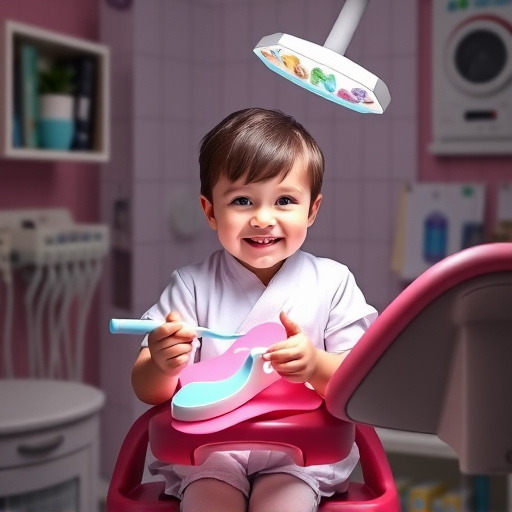
The removal of wisdom teeth using state-of-the-art technology offers numerous benefits, ensuring a smoother and more comfortable experience for patients. Modern techniques, such as advanced imaging and precision instruments, allow for more accurate assessments and minimally invasive procedures. This results in less tissue damage, reduced recovery time, and minimal post-operative discomfort compared to traditional methods.
After the procedure, proper aftercare is essential for a seamless recovery. Patients are typically prescribed pain medication and instructed on how to manage swelling. Rinsing with salt water and following a soft diet for a few days helps in the healing process. It’s also crucial to avoid using straws, spitting, or rinsing vigorously to prevent disruption of blood clots. Regular check-ups post-surgery are recommended to monitor healing and address any concerns, ensuring optimal results in conjunction with restorative dentistry procedures like dental bonding or implants if needed.
Wisdom teeth removal, aided by state-of-the-art technology, offers a safer, more comfortable experience compared to traditional methods. By understanding the impact of wisdom teeth and leveraging advanced techniques, patients can enjoy smoother recovery and better oral health outcomes. This modern approach to wisdom teeth removal ensures a seamless experience, minimizing pain and discomfort while maximizing precision and effectiveness.


